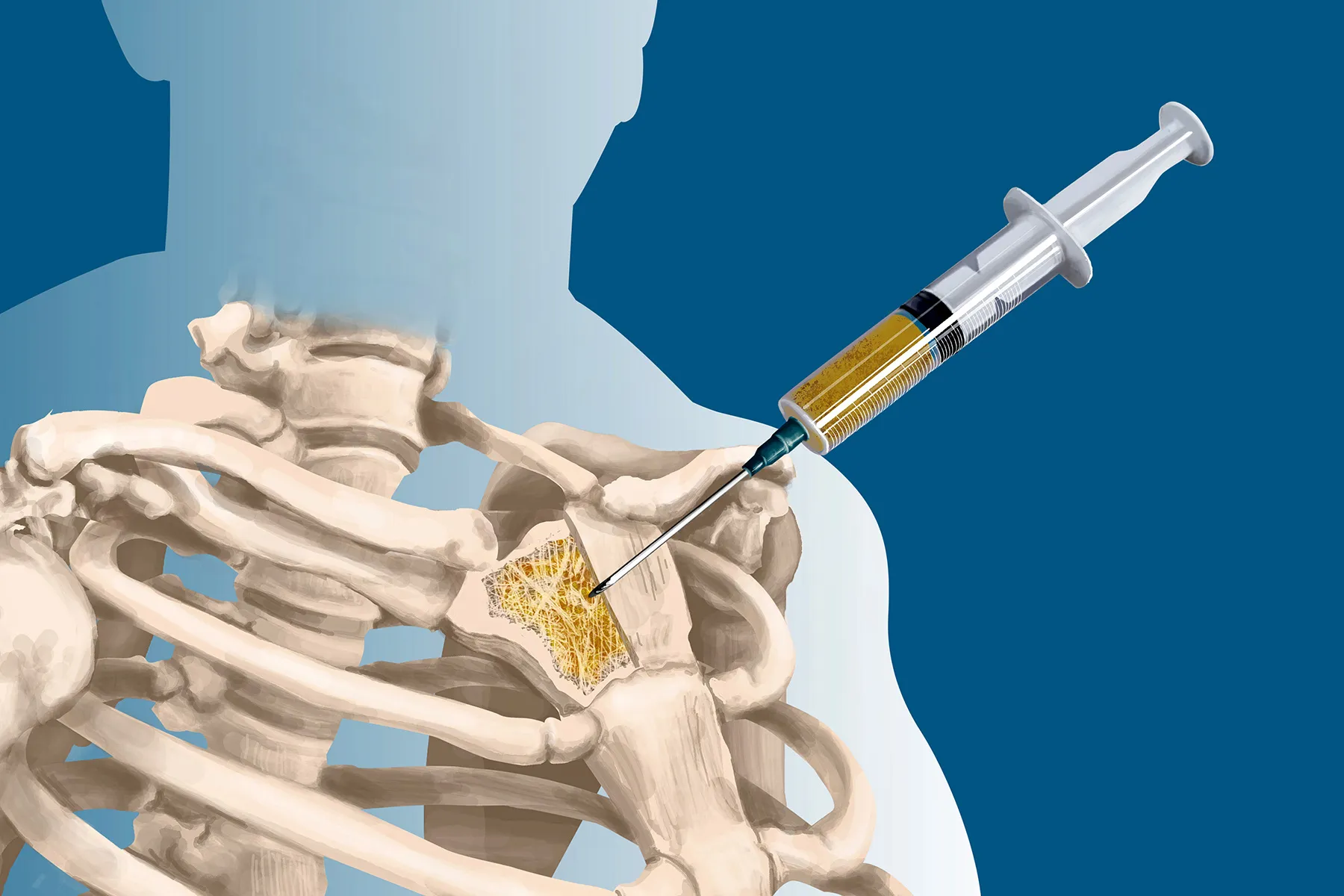

You may experience some bleeding or spotting after your biopsy. Some patients may experience some cramping (similar to menstrual cramping) during their procedure, but the biopsy will takes about 5 to 15 minutes to complete. We will need to collect a sample from both the cervix and the uterus. Sometimes the cervix is numbed with a local anesthetic prior to collecting the sample. Of course, the sample that we collect will be sent to a pathologist who will read the sample and provide results.ĭuring the biopsy a speculum is placed into the vagina to open up the vaginal walls to be able to see both the cervix and vagina better.

The biopsy can be done right in your gynecologist’s office.

This test can also be used to detect cancer. Your gynecologist may recommend that you get this diagnostic procedure done if you are experiencing abnormal uterine bleeding, if you are having trouble getting pregnant, or if symptoms you are experiencing may tell us that there is a potential overgrowth of the endometrial lining. Find out more about this procedure, why it’s performed and what it could do for your health. During an endometrial biopsy your gynecologist will remove a small sample from the lining of the uterus to check for any abnormal cells that may be present, as well as study specific hormone levels. If you are getting an endometrial biopsy, you may be doing as much research as possible on the subject to prepare yourself for your upcoming procedure. If your OBGYN has recently recommended an endometrial biopsy chances are you have a lot of questions.


 0 kommentar(er)
0 kommentar(er)
